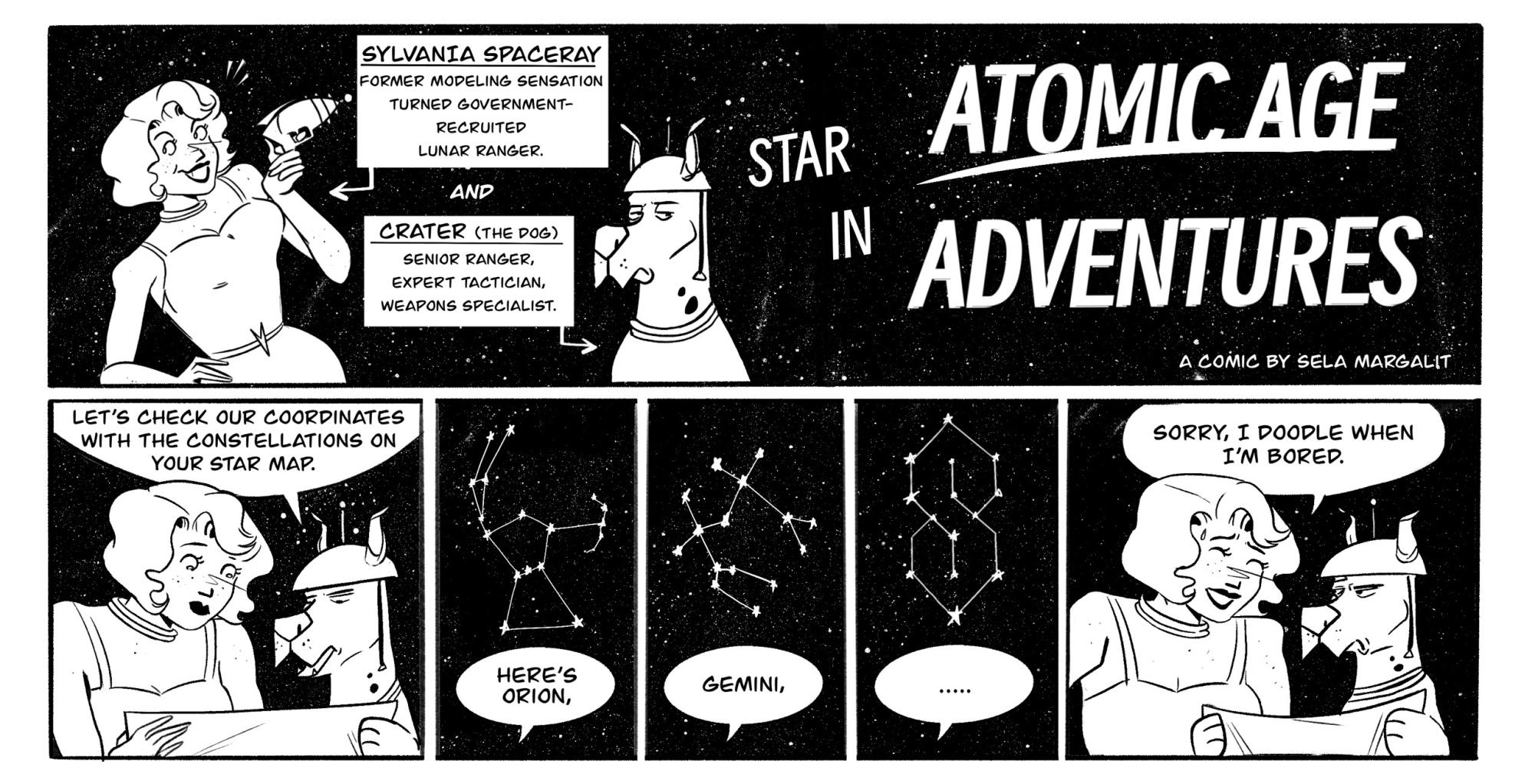
Paul Ivey: 4 things you might now know about ‘Woman-Ochre’ and de Kooning
By . October 10, 2022By Andy Ober
University Communications
Willem de Kooning‘s painting “Woman-Ochre” has been in the international spotlight, thanks to its return to the University of Arizona Museum of Art more than three decades after a man and woman swiped the work of art in 1985. However, the painting held a significant place in the art world well before the audacious theft.
When “Woman-Ochre” goes on exhibit at the museum on Saturday, Oct. 8, visitors will have the opportunity to take in one of the most important examples of abstract expressionism, which was the United States’ first big painting movement.

Paul Ivey, professor in the UArizona College of Fine Arts‘ School of Art, shared four things you may not have known about “Woman-Ochre” and de Kooning:
De Kooning started with a different kind of painting when he first came to the United States.
De Kooning was born in the Netherlands in 1904 and moved to the United States in 1926.
“When de Kooning came to America, he didn’t think there was any painting here – he thought that art was something they only had in Europe,” Ivey said.
When he arrived in New Jersey, de Kooning found work as a house painter. Ivey said the artist’s time in that job had an influence on the materials he used as he grew as a painter.
“He used oil paints mostly,” Ivey said. “‘Woman-Ochre’ is an oil painting. He often used house paints that he was familiar with. While many artists of the time used paint from tubes, he often used paint from cans.”
“Woman-Ochre” was a late addition to a series of paintings that put de Kooning on the map.
De Kooning was one of the better-known artists from the abstract expressionist movement, which emerged in New York in the 1940s. The style is defined in part by expressive brushstrokes and the impression of spontaneity.
De Kooning became a major player in the movement with his “Woman” series – a collection of six paintings focused on the female figure that he produced from 1950-1953.
“Woman-Ochre,” which de Kooning finished in 1955, displays the vigorous brushwork that was a staple of his art while also highlighting his meticulous approach to his work.
“The ‘Woman’ series, when it was shown, was highly controversial and really put him on the map,” Ivey said. “Some saw it as anti-abstract expressionism because it had a figure in it, but he defended himself, saying that even abstract forms needed a likeness.”

“Woman-Ochre,” which de Kooning finished in 1955, displays the vigorous brushwork that was a staple of his art while also highlighting his meticulous approach to his work.
“The people who worked in his studio said he was a very deliberate painter,” Ivey explained. “It looks like it’s just slapdash, but in fact he was fairly slow. He would have really fast moments where he would paint, but then he’d step back, sometimes even for a day, before he’d go back in.”
The inspirations for “Woman-Ochre” came nearly 30,000 years apart.
The female form fascinated de Kooning, Ivey said, and he found two sources of inspiration for his “Woman” series, separated by tens of thousands of years of history.
“He collected advertising for cigarettes where you would often see buxom women with very large smiles, although ‘Woman-Ochre’ doesn’t have the smile he often used,” Ivey said. “He also looked back at ritual sculptures and pre-historical works of buxom and rounded women that were seen as early fertility symbols.”
An example of the ancient artwork that fascinated de Kooning is the Venus of Willendorf, a nearly 30,000-year-old figurine discovered over 100 years ago in an Austrian village.
“Woman-Ochre” is a centerpiece of a lasting legacy at the museum.
“Woman-Ochre” is one of the centerpieces of a substantial art donation made to the University of Arizona Museum of Art by Baltimore businessman Edward Gallagher Jr. as a memorial to his son, Edward Gallagher III, who died in an accident at age 13. The collection contains nearly 200 works of art that were donated between 1954 and 1978.
“You can’t underestimate the significance of the Gallagher collection,” Ivey said.
As for why Gallagher chose the University of Arizona Museum of Art, Ivey said Tucson had a special place in Gallagher’s heart.
“Gallagher started to collect artwork during that era. He would come out here to go to dude ranches during the winter, so it was the tourism of the area that attracted him to Tucson,” Ivey said.
EXTRA INFO
“Restored: The Return of ‘Woman-Ochre’” will be on exhibit at UAMA Oct. 8-May 20. More information is available at the Arizona Arts website.







